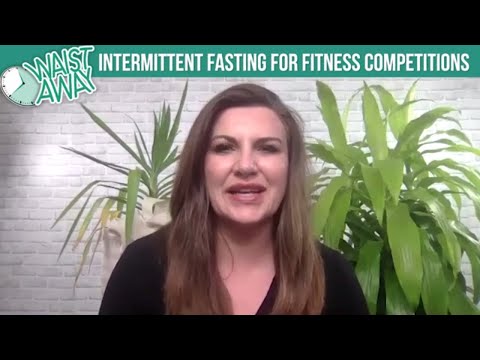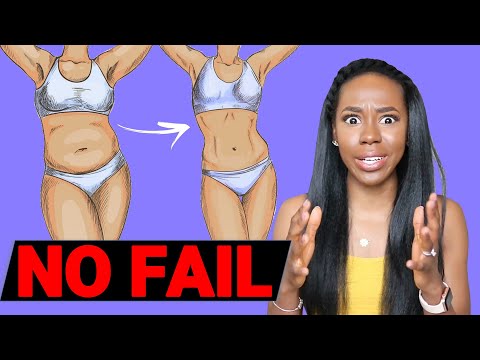
7 Primal Movements – Functional Strength Training Workouts.
So if you take a look at your current methods of training, there’s probably a fair amount wrong with them from a functional stand-point. That’s fine: to begin with you were most bothered about getting into ‘slightly better shape’ and for that purpose, they sufficed. It’s just that now you’re upping your game.
So what’s the problem with regular training? What does that even look like?
Well, no doubt you’re probably training either full-body with some light exercises (press ups, curls, pull ups, jogging, tricep extensions) or you’re training using a ‘split’ so that you hit different muscle groups on different days and can challenge them with a slightly more intense workout.
With that program as the basic outline, you’re probably then lifting weights relatively quickly and performing maybe 10 or 12 sets for 3 reps on each exercise. Hit each muscle group a few times and put a fork in you – you’re done.
Again, there’s nothing wrong with this method and it’s perfectly fine for just improving your shape a little. But it’s not optimal for strength and it’s not optimal for health even.
Let’s start by looking at the problem with regards to strength. We’re going to go over a few concepts here which will include:
Compound vs isolation movements
Sarcoplasmic vs myofibrillar hypertrophy
Muscle fiber recruitment
Muscle fiber types
We’ll begin with the issue of compound vs isolation movements…
As mentioned earlier, your average workout regime will involve a whole lot of bicep curls, tricep extensions and resistance machines (like chest press) which means you’re going to be isolating the muscle group. In turn, that means that you’re focussing on just that one muscle through a movement that only uses one ‘joint’ as the hinge. When you curl a dumbbell – if you do it correctly – you are using only the bicep and nothing else. The same goes for performing bench press – this isolates the chest as much as possible.
On the other hand, were you to perform a regular bench press, you would actually be involving a ton of smaller supporting muscles as well as completely different muscle groups. A bench press utilizes the pecs, the deltoids, the triceps, the core and more.
So which is more functional do you think? Which is the more likely to be useful in the real world? Of course it’s the bench press, which is the same movement you’d use if ever you were trapped under a boulder, or perhaps if you were playing with your kids by holding them over your head. The bench press? That would probably never be useful in real life.
Likewise for the bicep curl: this movement is completely non-functional. When do you ever curl something in real life? The closest you would come is carrying shopping but of course you don’t curl your shopping bag! In reality, carrying shopping is much closer to a movement known as the ‘farmer’s walk’ which happens to be a more functional move.
Compound movements include things like bench press, squats, deadlift, pull ups, press ups – all things that use multiple muscles working together. Why? Because that’s how you use your musculature in real life. You almost never isolate just a single muscle group! If you want to train yourself to be more functional, you should aim to use as many muscles at once as possible.
Another point to consider is that when you train with these kinds of moves, you activate more of your body. The result is that you burn more calories and your body produces more ‘anabolic hormones’ like testosterone and growth hormone – which leads to more muscle growth even once you’ve put the weights back down.
Of course when you train with only big lifts like the bench press and the deadlift, the individual muscle groups don’t get as intense a workout. Pull ups don’t hit the biceps as hard as pull ups and they don’t create as many microtears. So in other words, you might not see the same bodybuilder-type physique immediately if you use this more functional training. But you will see more overall growth and you will be able to lift and push more weight in a real-world setting.
One way to think about planning your workouts with that in mind, is to base them on the ‘7 primal movements’. These are:
Squatting
Lunging
Bending
Pushing
Pulling
Gait (walking or running)
Twisting
You might be interested in:






